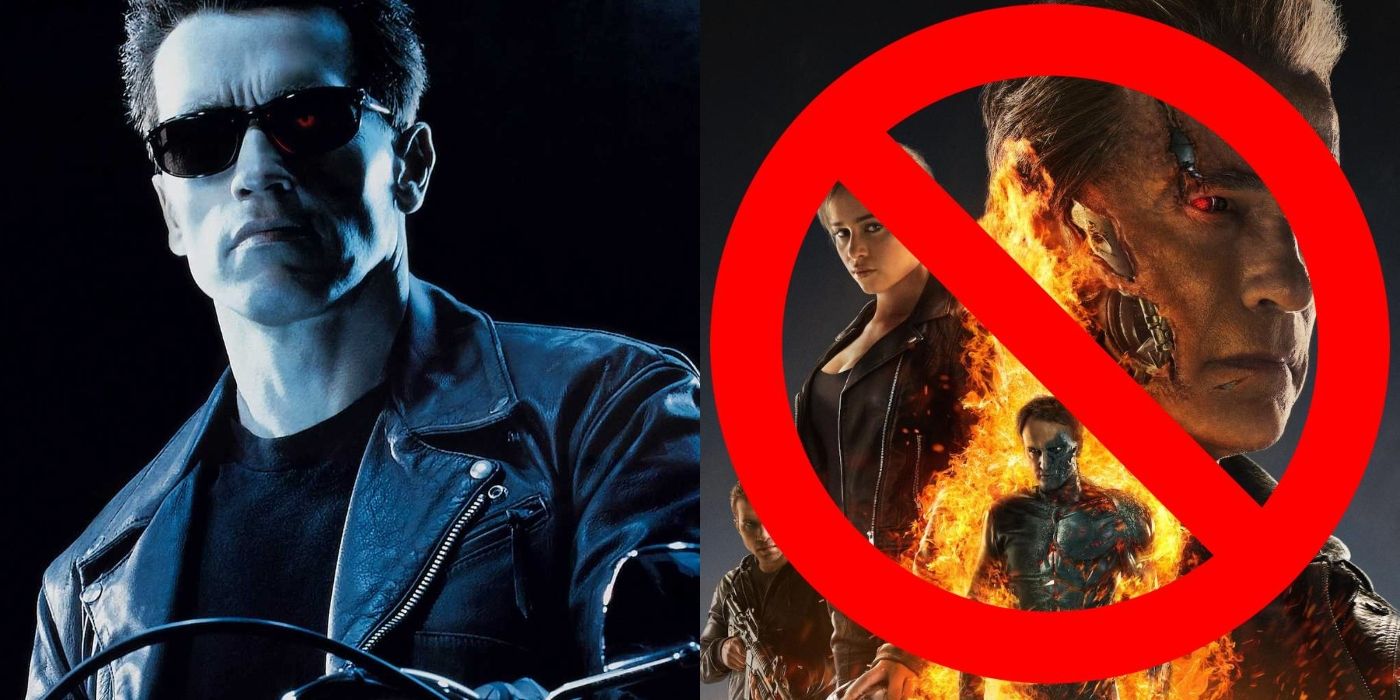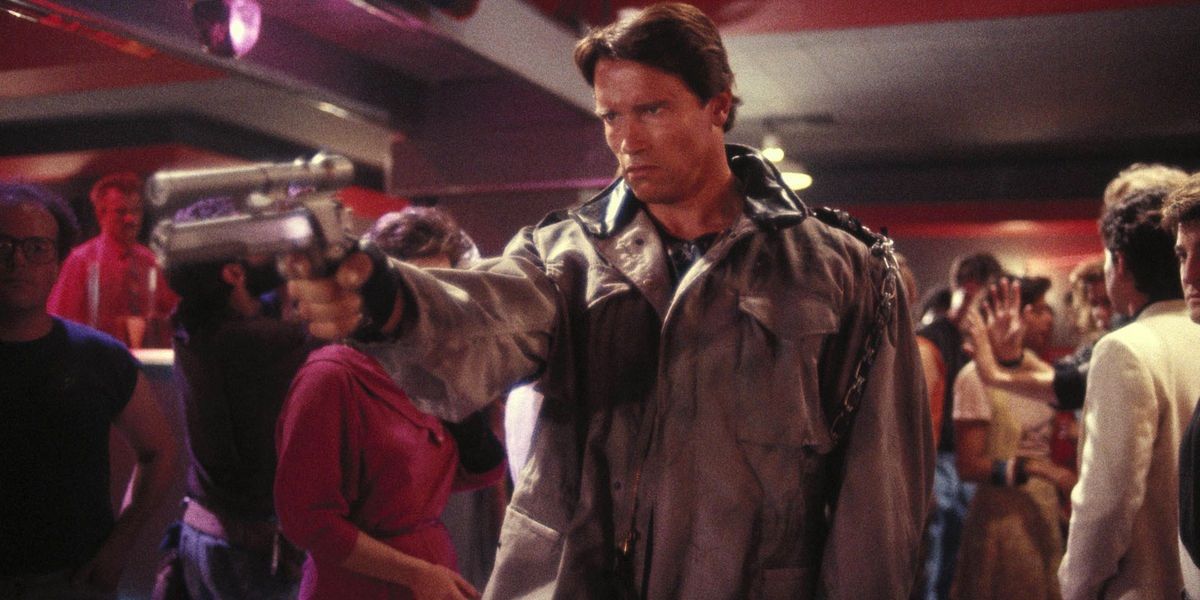In 2019, James Cameron regained the rights to the Terminator franchise and set about retconning the three sequels that were made without his involvement. Titled Dark Fate, the Tim Miller-helmed movie brought back Linda Hamilton as Sarah Connor, but its script fell into a lot of the same pitfalls as the previous failed attempts to follow up Terminator 2: Judgment Day. When even Cameron himself couldn’t make a new Terminator sequel that justified its existence, it was clear as day that the series should’ve ended with T2’s perfect conclusion.
Much like Cameron’s own Aliens, T2 is widely considered to be one of the greatest sequels ever made. On top of providing a satisfying ending to the Terminator saga, the sequel’s action was much bigger and bolder than its predecessor’s. The first movie was an intimate neo-noir that cost $6.4 million to produce. T2 blew audiences away with a record-breaking $102 million budget that allowed Cameron to make it bigger than the original in every way. The subsequent sequels had no chance of continuing this trajectory. The lazy, clunky, sloppy, CGI-laden action in the next few Terminator movies paled in comparison to the breathtaking practical stunt work in T2, like tearing a truck through L.A.’s drainage system or flying a helicopter under a bridge.
The second Terminator movie put a unique spin on the original’s formula. Instead of a human protecting another human from a Terminator, T2 followed a Terminator protecting a human from another Terminator. This mirrors Cameron’s sequel to Ridley Scott’s Alien, which raised the stakes by turning the villain from one xenomorph into a festering swarm of them (and their giant, terrifying mom).
After Sarah Connor managed to destroy the T-800 that came back in time to kill her in the first movie, the second movie picked up years later when she’d been institutionalized for warning people about a robot uprising and her son John had been given away to a foster family. Cameron raised the stakes by sending two different Terminators to the present: another T-800, whose job is to protect John, and a much more advanced T-1000, whose job is to kill him.
The subsequent Terminator sequels didn’t do anything to raise the stakes from T2 or tweak the formula any further. Terminator 3 has exactly the same premise as T2, except Sarah died off-screen and one of the Terminators is female. Terminator: Genisys is a Force Awakens-esque hodgepodge of recycled iconic Terminator moments. Dark Fate is about a cybernetically enhanced soldier protecting a human from a killer cyborg called a Rev-9, so it’s still basically the same thing as T2. The fourth entry in the series, Terminator: Salvation, is the only one that tried to do something new. It’s set in the post-apocalyptic future ruled by Terminators as John and the Resistance desperately fight back. But that movie was planned as the first chapter of a trilogy, so it only really set up the world and saved all the exciting stuff for sequels that never got made.
When the later Terminator sequels have actually tried something new, it’s usually such a misguided idea that it makes fans pine for more derivative rehashing. From the revelation that Sarah Connor got a terminal illness and died off-screen in Terminator 3 to the revelation that she was raised by a Terminator called “Pops” in Terminator: Genisys, the franchise’s latter-day installments are filled with these inexplicable plot developments. It’s as egregious as Star Wars having Leia Organa float through space or Luke Skywalker renounce the Jedi.
In addition to repeating T2’s formula instead of coming up with a new story, the continued attacks of Terminators in Terminator 3 onward negate the happy ending of T2. The first Terminator movie left things open-ended with Sarah driving off to an uncertain future and the T-800 tech remaining in the present for Miles Dyson to develop into Skynet. The second one ended with Cyberdyne’s labs being destroyed, the Terminators both being smelted, and Sarah and John celebrating the fact that they stopped Judgment Day from ever happening. If Terminators keep coming back in time to kill John Connor, then fighting back is futile. While Dark Fate does acknowledge that Sarah and John successfully prevented the invention of Skynet at the end of T2, it does show that a different evil A.I. called Legion would just rise up in its place, so humanity is still doomed and T2’s victory is still undermined.
The erasure of Cyberdyne Systems at the end of T2 was a definitive conclusion to this story, but studio executives keep undoing all of its closure in order to drag out the franchise for sequel after sequel. And those executives aren’t even reaping any rewards. It’s one thing to drag out the Transformers franchise when it consistently rakes in billions of dollars. Ironically, the last Terminator movie that actually made blockbuster money was T2. Terminator 3 and Salvation both underperformed, while Genisys and Dark Fate were certifiable flops. Genisys fell short of its break-even point and Dark Fate was an all-out bomb that lost a reported $130 million. Clearly, audiences agree that it’s time to let this franchise die. It should’ve been allowed to die in 1991, but it’s better late than never.



